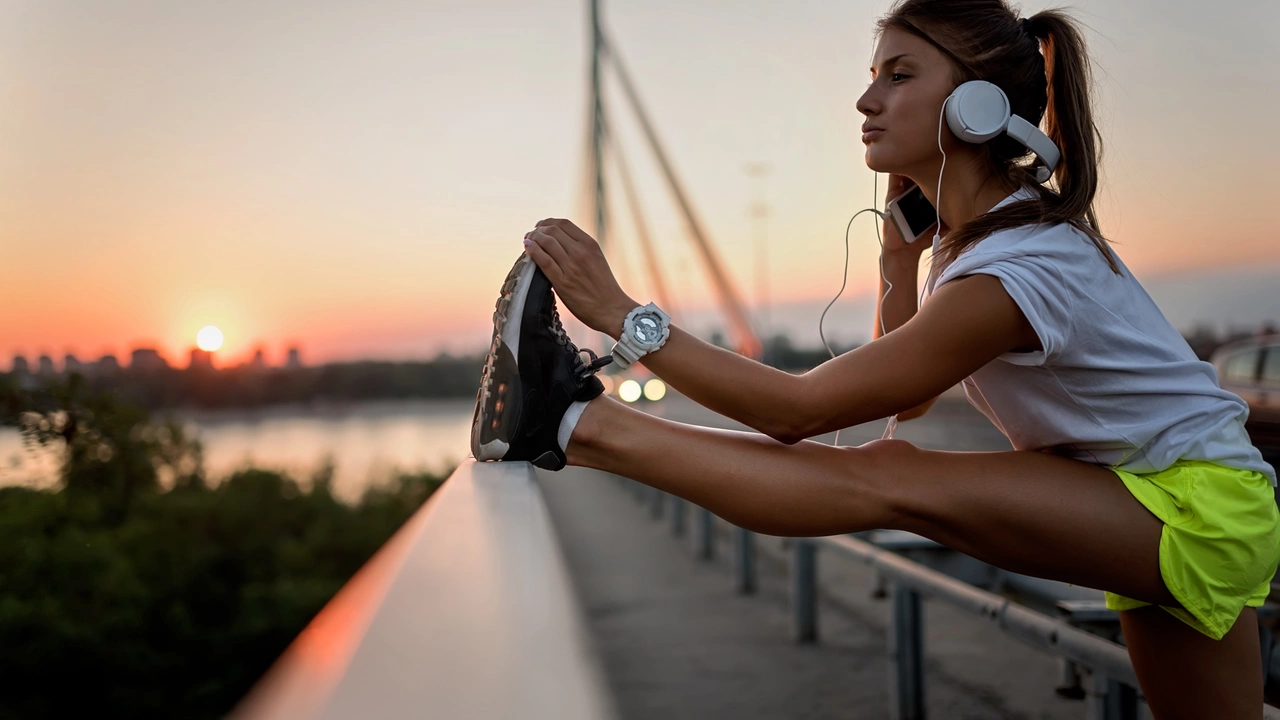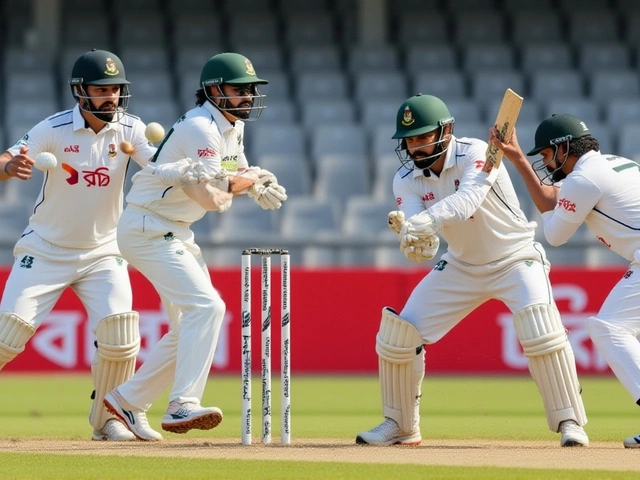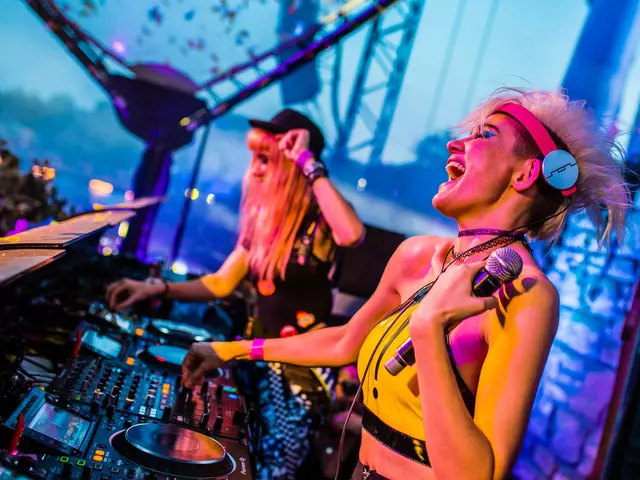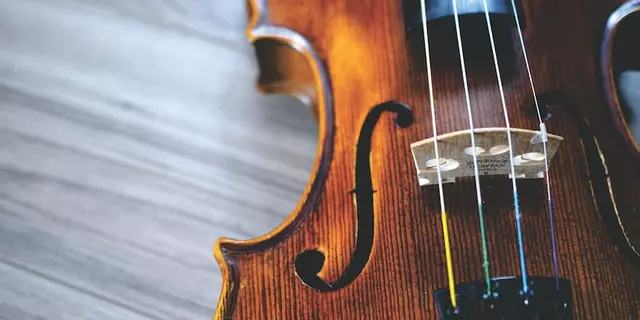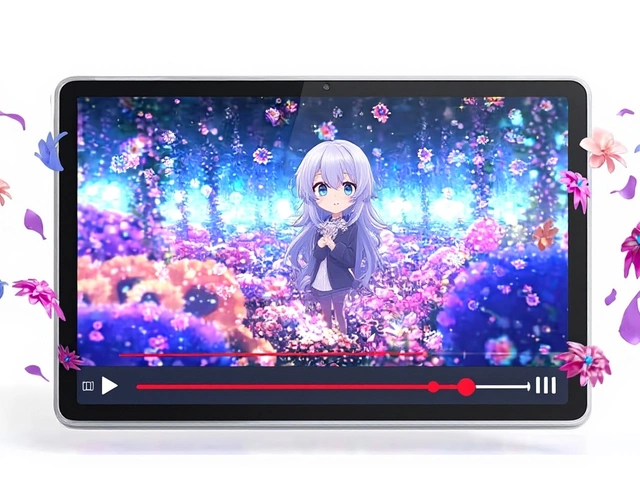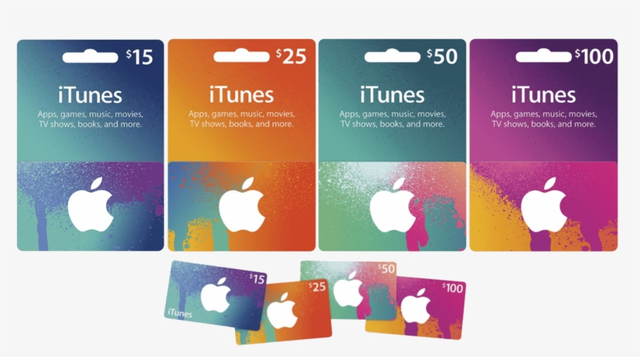Art in Music: Creative Expressions and Inspiration
When you think of a song, you probably picture the beat, the lyrics, or the vibe. But have you ever noticed the visual side? Album covers, music videos, stage lights – they’re all art that shapes how we feel the music. Let’s roll up our sleeves and see how visual and audio art feed each other, and how you can sprinkle some art onto your own tracks.
Visual Art Meets Sound
First off, album artwork is more than a pretty picture. It’s a visual teaser that tells a story before the first note drops. Think of the iconic pink flamingo on a neon background for Daft Punk or the simple black square for John Coltrane. Those images stick in your mind, making the music unforgettable.
Music videos take that a step further. A good video can turn a three‑minute track into a cinematic experience. Directors use color palettes, choreography, and special effects to highlight the song’s mood. When the video matches the music’s energy, you end up humming the tune while recalling the visual scene.
Live shows are another canvas. Light rigs, projection mapping, and even costumes become part of the performance. Artists like BTS or Coldplay design entire stage concepts that move with the setlist, turning a concert into a living artwork.
Making Your Own Musical Art
Want to add an artistic touch to your own music? Start simple. Choose a color that feels right for the track and use it in your cover art or social media posts. If you’re into video, shoot a short clip with everyday objects that match the song’s rhythm – a coffee machine steaming, traffic lights blinking – and edit it to the beat.
Another low‑budget trick is hand‑drawn lyric sheets. Write your verses with doodles or calligraphy, scan them, and share them as Instagram stories. Fans love seeing the raw, personal side of a song.
If you’re performing live, think about the space. Even a small room can become a stage with clever lighting. Use LED strips or a single spotlight to create mood without breaking the bank.
Finally, don’t forget cultural art. Manchurian music, for example, blends traditional instruments with modern beats, and the visual patterns on the instruments themselves tell a story. Incorporating local textures or patterns into your visual branding can give your music a unique identity.
Bottom line: art and music are teammates. A strong visual hook can make your song stick, and a creative sound can inspire striking visuals. Play with colors, simple videos, and stage vibes – you’ll see how quickly your music feels richer and more memorable.
In an amusing twist of fate, I found myself pondering the age-old question: would I rather be super talented at Sports, Art, or Music? Well, if I could slam dunk like Lebron, paint like Picasso or sing like Freddie Mercury, life would be a carnival, right? After some head-scratching, I figured that being a virtuoso in music would be my jam. Why? Because with melodies, harmonies, and rhythms, I could potentially be the life of every party, serenading folks and making hearts dance. I mean, who wouldn't want to be a human jukebox, no quarters required?
Read more
